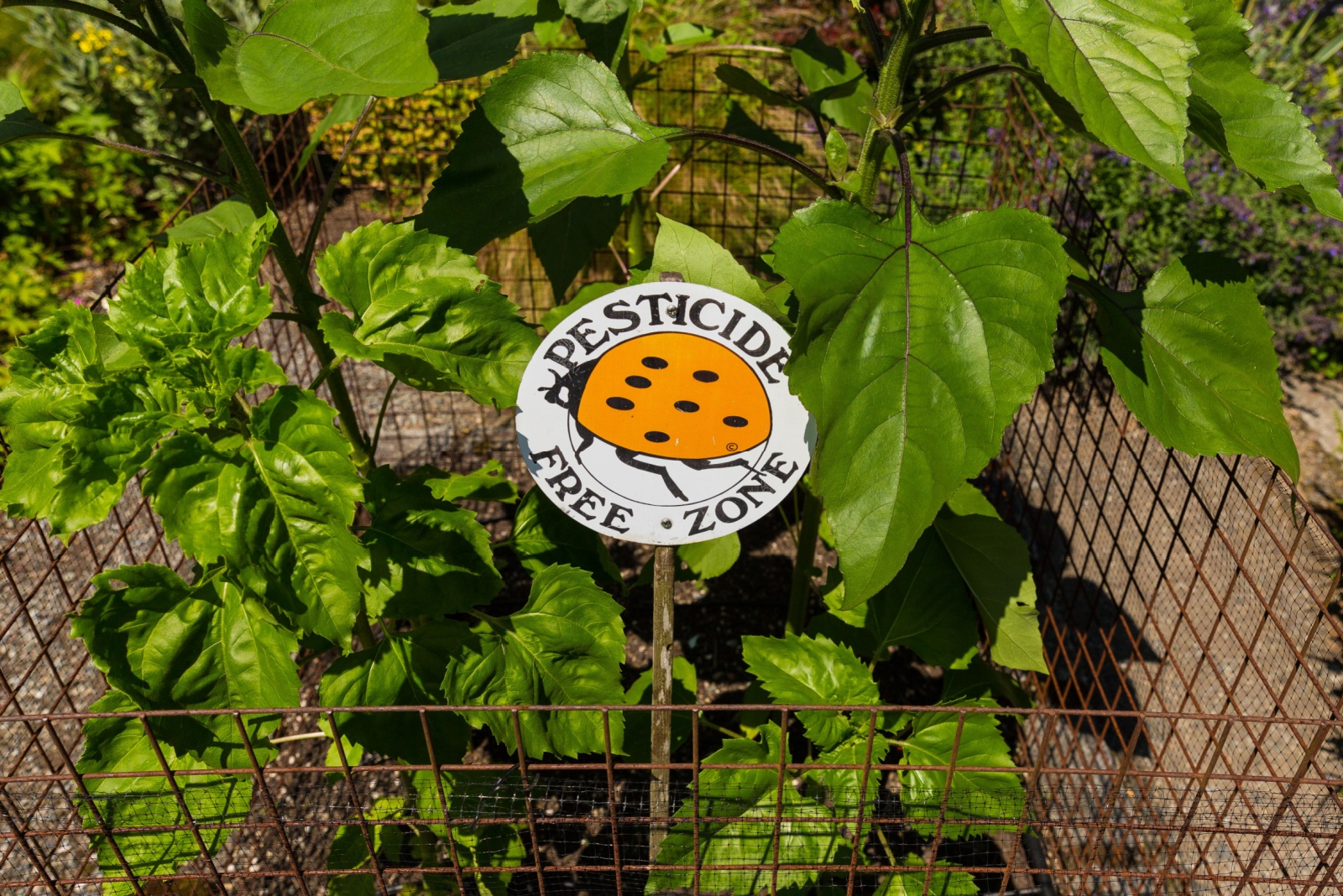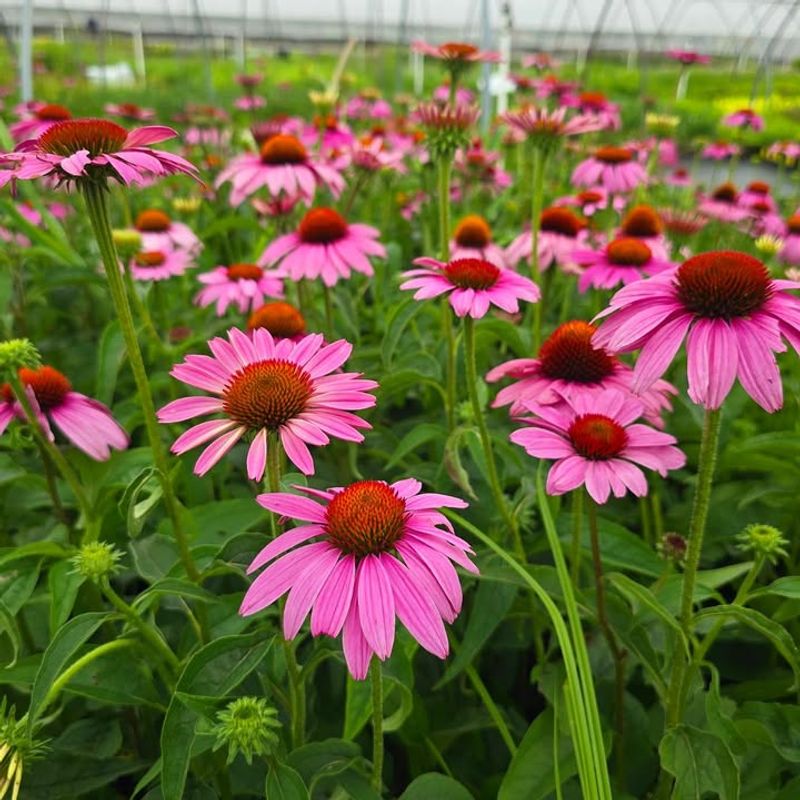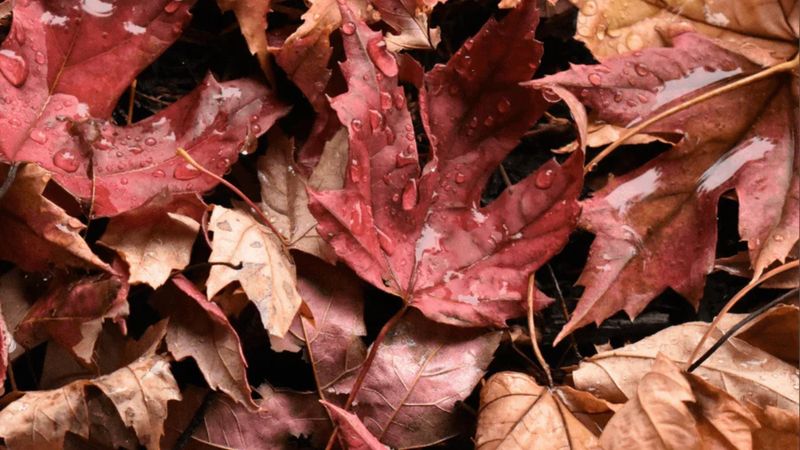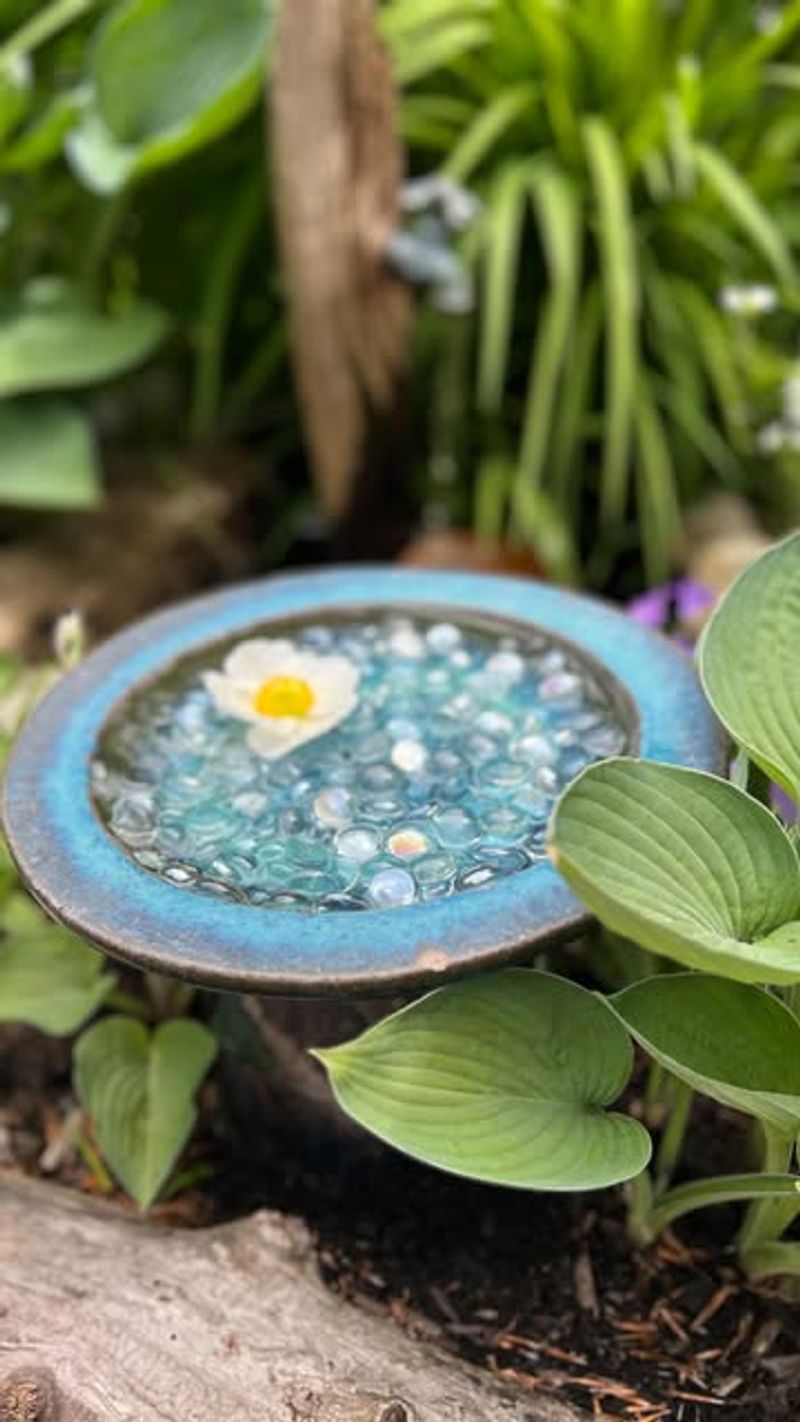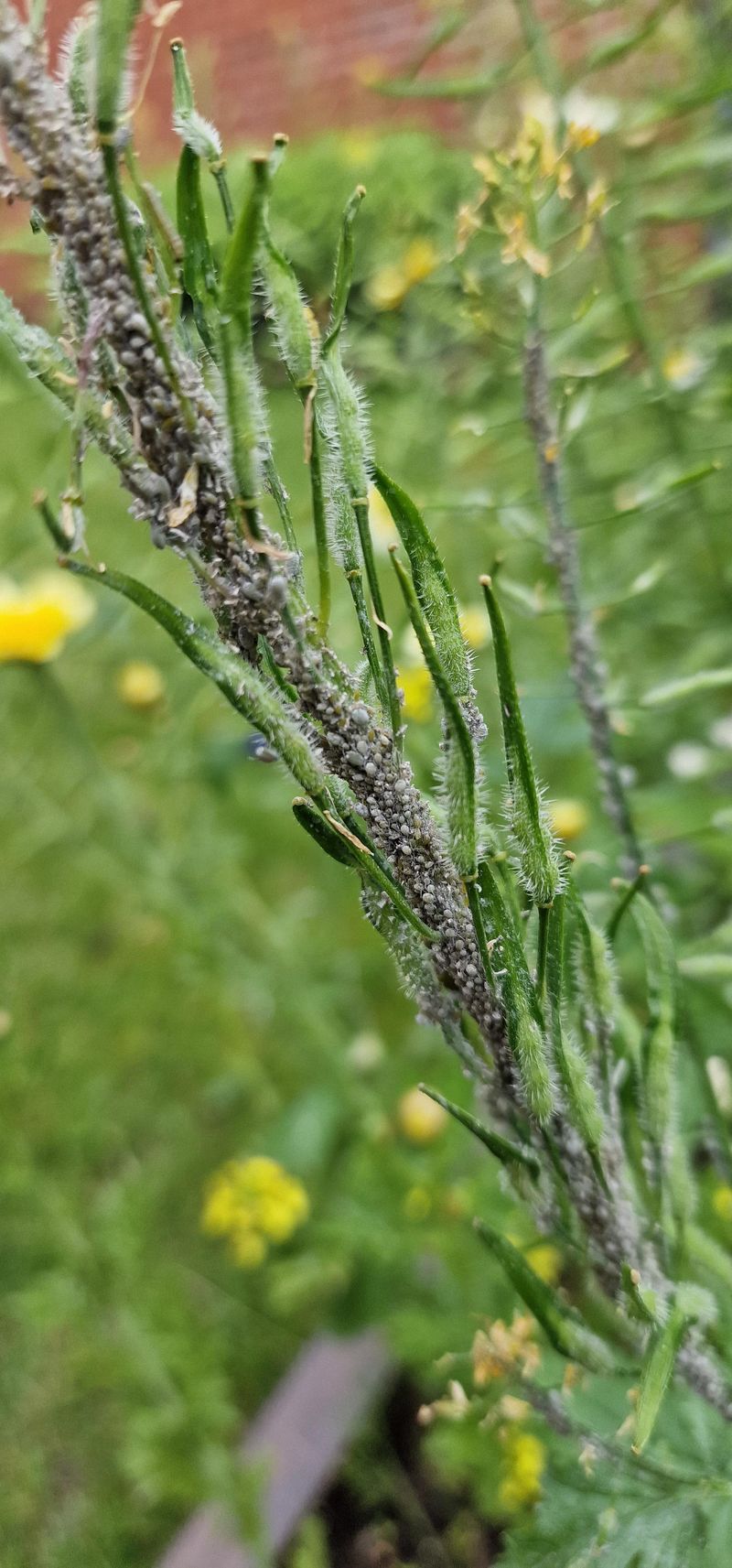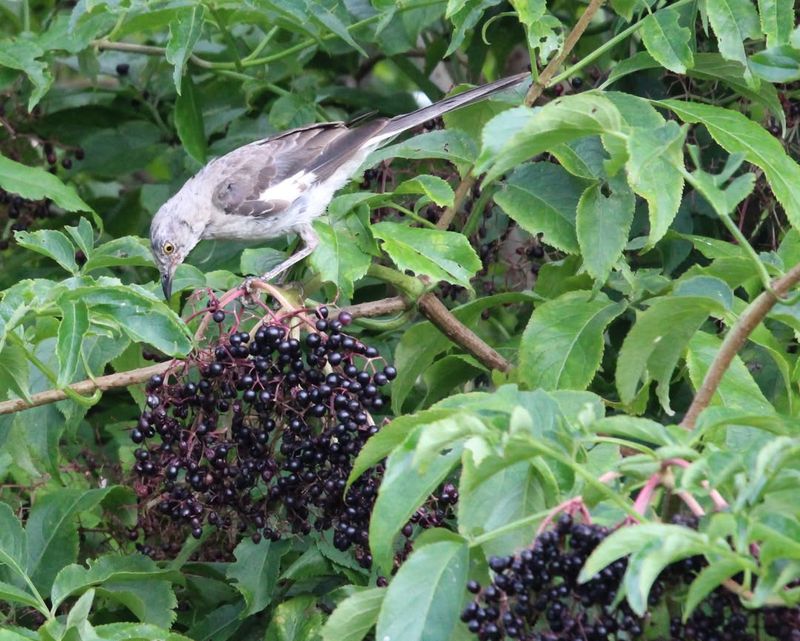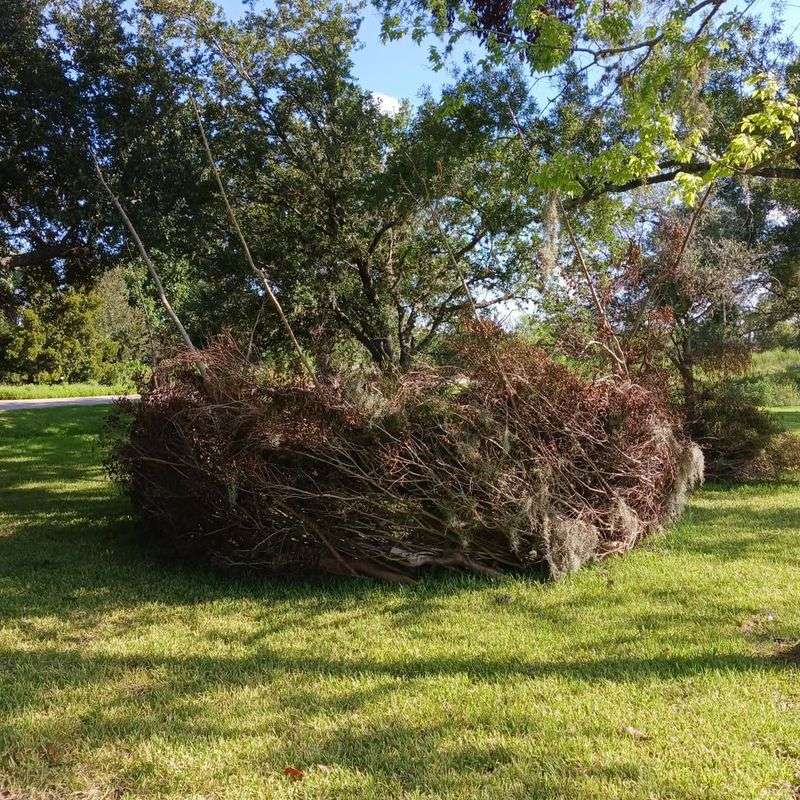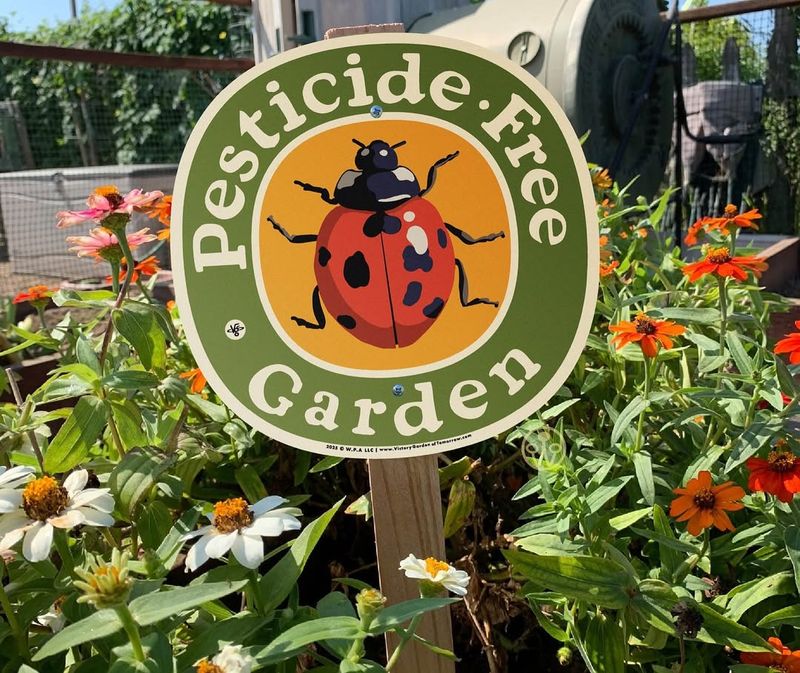As summer fades and cooler weather arrives, Pennsylvania’s wild animals face a challenging time preparing for winter. Birds, squirrels, butterflies, and other creatures need safe places to find food, shelter, and rest before the cold months begin.
Gardens across the state can become lifesaving havens for these animals when designed with wildlife in mind.
1. Native Plants Provide Essential Food Sources
Pennsylvania’s native plants produce berries, seeds, and nuts exactly when local animals need them most. Unlike imported plants, native species have evolved alongside wildlife for thousands of years.
Cardinals, blue jays, and chickadees rely on coneflowers and sunflowers for their nutrient-rich seeds. Meanwhile, shrubs like elderberry and serviceberry offer juicy fruits that help birds build fat reserves.
Planting natives means wildlife gets familiar, nutritious food right when migration and hibernation preparations begin.
2. Leaving Leaf Piles Creates Winter Shelters
Raking every single leaf might make yards look tidy, but those fallen leaves serve as cozy hotels for countless creatures. Toads, salamanders, and beneficial insects burrow into leaf piles to escape freezing Pennsylvania temperatures.
These layers also protect butterfly chrysalises and moth cocoons through winter. Box turtles and chipmunks appreciate the insulation too.
Leaving at least some leaf piles in garden corners gives wildlife safe spots to hunker down until spring warmth returns.
3. Water Features Offer Hydration During Dry Spells
Fall days can be surprisingly dry in Pennsylvania, making fresh water hard to find for thirsty animals. A simple birdbath or shallow dish becomes a lifeline for birds, squirrels, and even butterflies.
Migrating warblers and thrushes stop to drink and bathe before continuing their long journeys south. Bees and other pollinators need water too, especially during warm autumn afternoons.
Keeping water sources clean and filled helps countless creatures stay hydrated throughout the season.
4. Standing Dead Plants Support Overwintering Insects
Those brown, dried-up flower stalks might look messy, but they’re actually apartment buildings for beneficial bugs. Native bees lay eggs inside hollow stems, while ladybugs squeeze into seed heads for protection.
Praying mantises attach egg cases to sturdy plant stems that need to survive Pennsylvania winter weather. Cutting everything down removes these essential nurseries.
Waiting until late spring to trim dead plants gives baby insects time to emerge safely when warm weather arrives.
5. Berry-Producing Shrubs Feed Migrating Birds
Did you know robins and cedar waxwings can double their body weight by gorging on fall berries? Shrubs like winterberry holly, dogwood, and viburnum produce fruits packed with fat and energy.
Migrating birds desperately need these calories to fuel flights covering hundreds or thousands of miles. Even birds staying for winter depend on berry reserves when insects disappear.
Strategic shrub placement creates feeding stations that welcome exhausted travelers throughout fall in Pennsylvania.
6. Brush Piles Provide Safe Hiding Spots
Stacking pruned branches and twigs in a corner might seem random, but it creates a fortress for small animals. Rabbits, chipmunks, and ground-feeding birds like sparrows use brush piles to escape from hawks and neighborhood cats.
The tangled wood also shelters salamanders and snakes preparing for winter dormancy. Even weasels and foxes sometimes investigate these structures.
Building a brush pile gives vulnerable creatures a fighting chance against predators and harsh weather alike.
7. Reducing Pesticide Use Protects Food Chains
Spraying chemicals might kill annoying bugs, but it also eliminates the caterpillars, beetles, and spiders that birds need to survive. A single chickadee chick requires thousands of caterpillars to reach adulthood.
Pesticides also poison helpful predators like ladybugs and ground beetles that naturally control pests. The toxic effects travel up the food chain, weakening entire ecosystems.
Choosing natural pest management protects the intricate web of life that keeps Pennsylvania gardens and wildlife thriving together.

